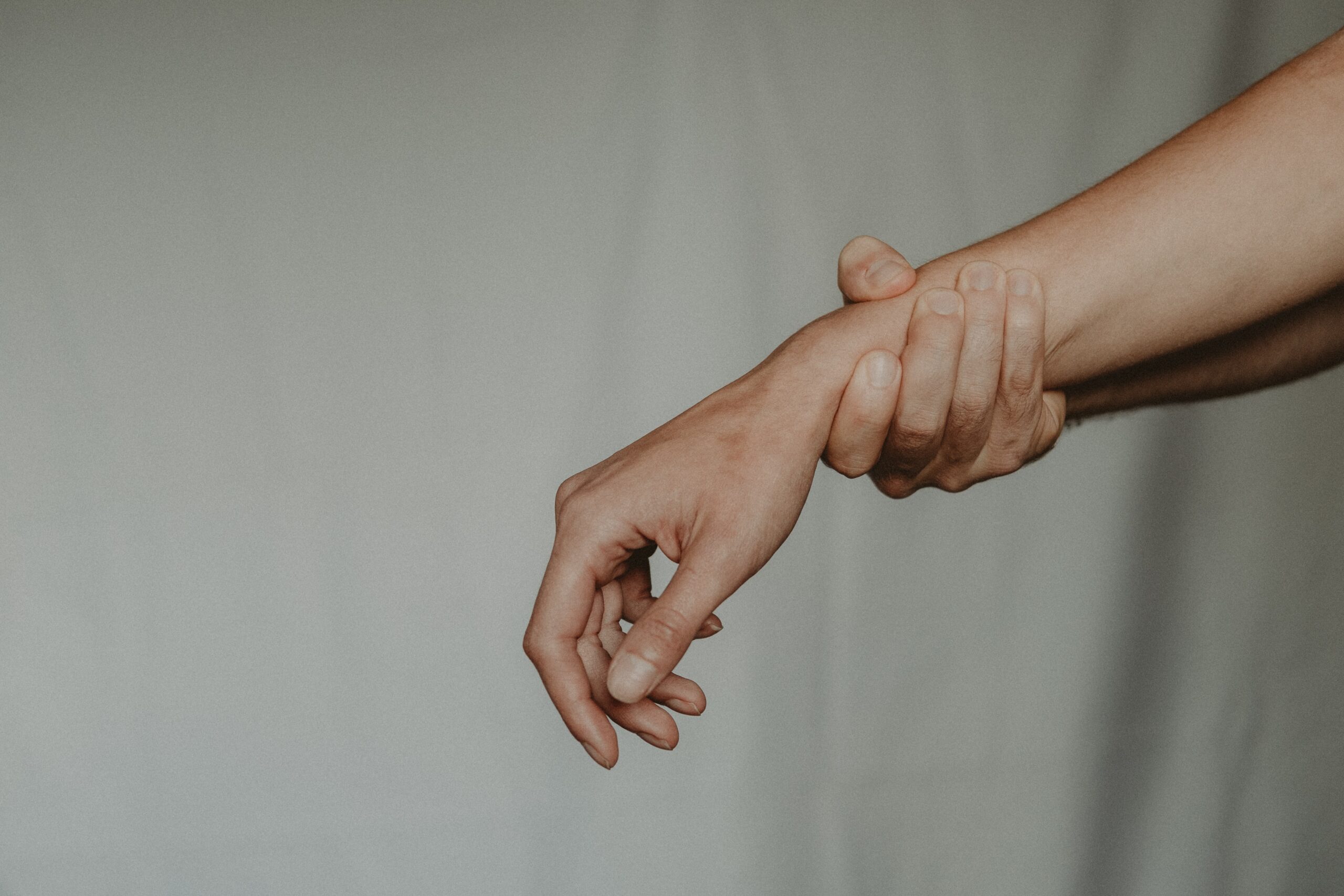
Acupuncture and Sports Medicine for Carpal Tunnel Syndrome (CTS)
Have you ever experienced a sensation of tingling in your hand at night after long hours of typing or using fine motor skills? This condition is known as Carpal Tunnel Syndrome (CTS), and it accounts for 90% of all neuropathies, making it the most common nerve entrapment (Sevy, 2022). The entrapment of the nerve causes tingling, pain, swelling, and burning sensations. The early presentation of the disease manifests at night when lying down and disappears during the day. The lack of movement at night causes the pressure to build up around the carpal tunnel, causing pain from stagnant fluid volume. People who are musicians, drive, use computers for extended periods of time, or perform tasks that require frequent and repetitive movements of their hands have a high risk of developing CTS. This article will further define CTS and its symptoms, as well as ways to treat or prevent CTS.
What is Carpal Tunnel Syndrome (CTS)?
According to the Cleveland Clinic, carpal tunnel syndrome is the entrapment of the median nerve (2021). The median nerve originates from one of the five branches of the brachial plexus, C5-T1. There are two median nerves, one on each side of the body, and the median nerve is the only nerve that passes through the carpal tunnel. CTS mostly affects women in their 40s and 60s due to hormonal changes that lead to fluid retention. The hormonal changes are affected by pregnancy, menopause, or thyroid conditions. In addition, women generally have a smaller anatomical carpal tunnel than men. Thus, women are more prone to carpal tunnel syndrome. The symptoms of carpal tunnel syndrome are the following:
- Sensory: Tingling sensation or numbness in the hand, with the exception of the little finger
- Motor: Thenar atrophy, weakness of opponens pollicis and abductor pollicis brevis
- Autonomic Nervous System: rosacea in palm and sweat secretion disorders
- The pain is worse at night after using a lot of hand and wrist movements
- Symptoms start in one hand (usually the dominant hand), but are bilateral in 30% of cases
Clinical Tests and Examinations for CTS
Two tests that are beneficial in diagnosing carpal tunnel syndrome are Phalen’s test and Tinel’s test. Out of all the orthopedic tests that are used to diagnose CTS, Phalen’s test has the highest sensitivity, and Tinel’s test has the highest specificity. Phalen’s test is performed when the patient pushes the dorsal surface of the hands together and holds the position for 30 to 60 seconds (Phalen’s test, 2022). Holding this position will compress the median nerve and increase the pressure in the carpal tunnel. Phalen’s test is considered positive when the patient’s symptoms are reproduced. Tinel’s test is performed when the wrist is lightly tapped to elicit the tingling sensation of the nerve (Tinel’s test, 2022). The tingling sensation is also referred to as “pins and needles”. Tinel’s test is considered positive when a tingling sensation is felt in the distribution of the nerve. Other medical examinations for CTS include electromyographical (EMG) testing and ultrasound.
How Does Acupuncture Treat CTS?
Acupuncture helps with carpal tunnel syndrome by alleviating pain, reducing inflammation and numbness, and restoring motor dexterity (Healthcare Medicine Institute, 2018). Research found that patients who were treated with acupuncture in the early stages restored muscle strength and recovered faster than the control group with no acupuncture, which was confirmed by EMG. Carpal tunnel syndrome in Oriental Medicine is known as wind-invasion of the muscles, cold-dampness affecting the ligaments, or qi and blood stasis blocking the channels (Healthcare Medicine Institute, 2018). Local acupuncture points are used to treat CTS. Also, direct needling and electro-acupuncture are used along the muscles where the median nerve passes. These methods alleviate nerve compression by reducing edema and accelerating axonal regeneration.
Kinesio Tapes & Patient Education
Kinesiology tapes are flexible athletic tapes that stabilize the muscles and give awareness of the muscle movements. Skin is the extension of our brain because they both arise from the same embryological layer, the ectoderm. By taping it to a specific area, a relay of sensory messages is sent to the brain, which produces motor skills and awareness.
Some lifestyle recommendations to prevent CTS include improving sleeping habits, quitting smoking since nicotine slows down blood flow, eating a nutritious and balanced diet, and becoming aware of conditions such as hypothyroidism, diabetes mellitus, obesity, and pregnancy. Posture affects the muscles of the body, so if necessary, revisit your sitting position or even check your computer mouse so that it does not compress the carpal tunnel. Also, remember to take short and frequent breaks throughout your day. For more information and treatment sessions, visit us at Naturna.
References
- Healthcare Medicine Institute. (2018, January 27). Acupuncture Stops Carpal Tunnel Wrist Pain, Restores Dexterity. HealthCMi. Retrieved March 2022, from https://www.nccaom.org/wp-content/uploads/pdf/Acupuncture%20Stops%20Carpal%20Tunnel%20Wrist%20Pain,%20Restores%20Dexterity.pdf
- Median Nerve. Cleveland Clinic. (2021, September 24). Retrieved March 2022, from https://my.clevelandclinic.org/health/body/21889-median-nerve
- Phalen’s test. Physiopedia. (2022). Retrieved March 2022, from https://www.physio-pedia.com/Phalen%E2%80%99s_Test
- Sevy, J. O., & Varacallo, M. (2022, February 12). Carpal Tunnel Syndrome. National Center for Biotechnology Information. Retrieved March 2022, from https://pubmed.ncbi.nlm.nih.gov/28846321
- Tinel’s test. Physiopedia. (2022). Retrieved March 2022, from https://www.physio-pedia.com/Tinel%E2%80%99s_Test


